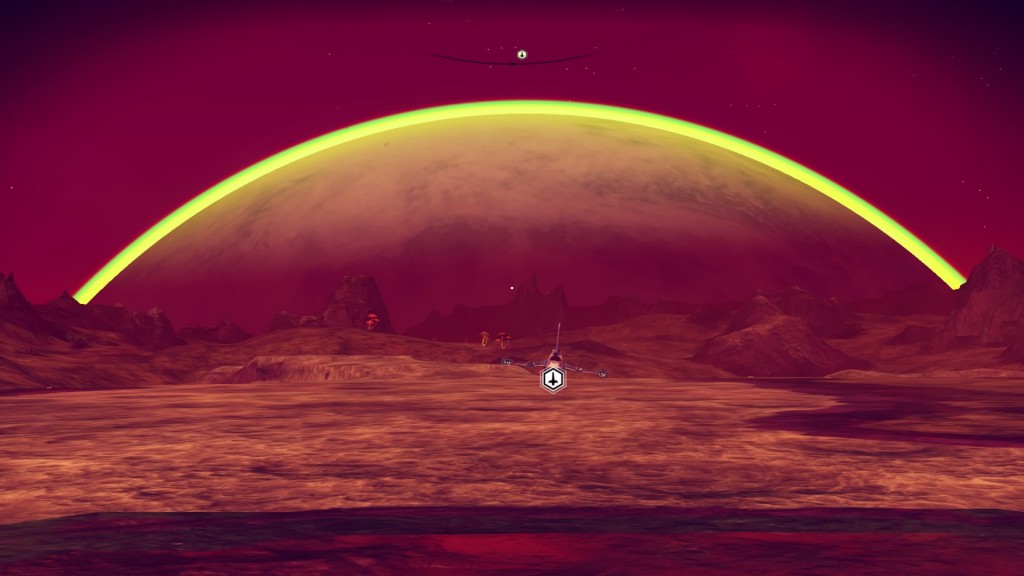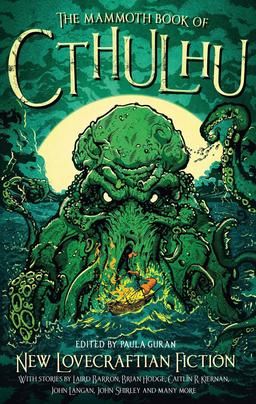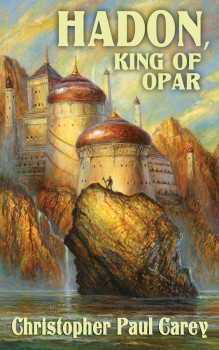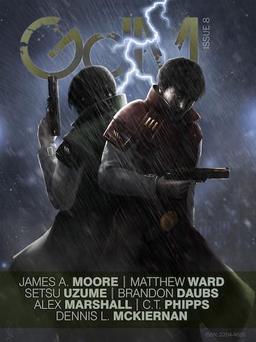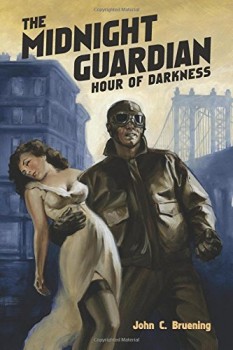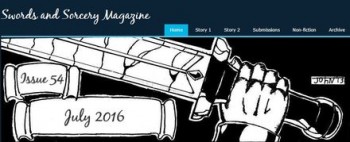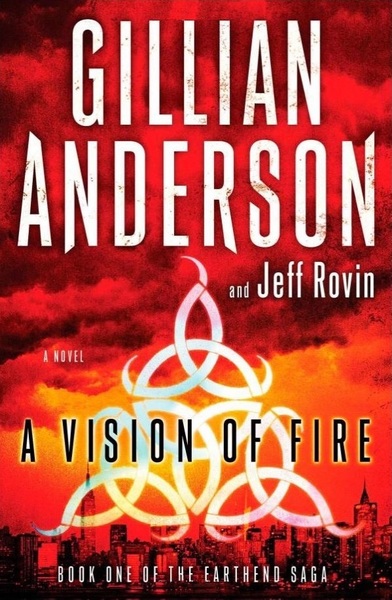If you have a book you’d like me to review, please see this post for instructions to submit. I’ve received very few submissions recently, and I’d like to get more.
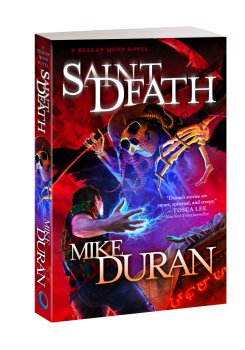 Disclosure: Mike Duran edited a story of mine for Coach’s Midnight Diner once. I’m also Facebook friends with him, and got to know him a little in person at a con last year. I think I can still be objective in reviewing his novel.
Disclosure: Mike Duran edited a story of mine for Coach’s Midnight Diner once. I’m also Facebook friends with him, and got to know him a little in person at a con last year. I think I can still be objective in reviewing his novel.
Saint Death is the second in Mike Duran’s paranormal noir Reagan Moon series. I’ve read a number of his stories before, from the religious supernatural fiction of The Resurrection and The Telling, to the more bizarre stories like Winterland. But his self-published Reagan Moon novels are where Mike seems to have hit his stride. Or perhaps, they’re more along the lines of the type of fiction I like to read.
Paranormal reporter (or paparazzi, as some people call him) Reagan Moon has been hunting ghosts all his career, but he never really believed in them until he had an undeniable experience with the supernatural in The Ghost Box. At the climax of that adventure, Reagan was struck by lightning, and the odd, perhaps supernatural, cross-like Tau that he wore was fused with his chest, preserving its shape in a Lichtenberg figure. The lightning also gave him what he calls stormgifts, such as a strange intuition, a limited ability to heal others, and most weirdly, the ability to teleport—except the teleporting is more like moving between worlds, and punching a hole through anything standing in the way in this one. But using the stormgifts is hard, requiring an effort of focus and will that are difficult for Reagan to summon, and each time he uses them, the Tau scar seems to grow.
Reagan’s troubles take on a supernatural aspect again when a tip from his patron, and fellow gifted, Klammer, sends him to an LA ranch to look for someone called the Shroud. There he finds a Santa Muerte shrine, a wannabe vampire, and a cult priestess named Etherea, threatening to summon the archangel of death for another go at the Tenth Plague of Egypt, the killing of the firstborn. Fortunately, Reagan is assisted by his guardian angel Bernard, his shapeshifting almost-girlfriend Kanya, and the members of the Imperia, an eclectic collection of fellow gifted, whose abilities are consuming their bodies just as Reagan’s is.
…
Read More Read More
